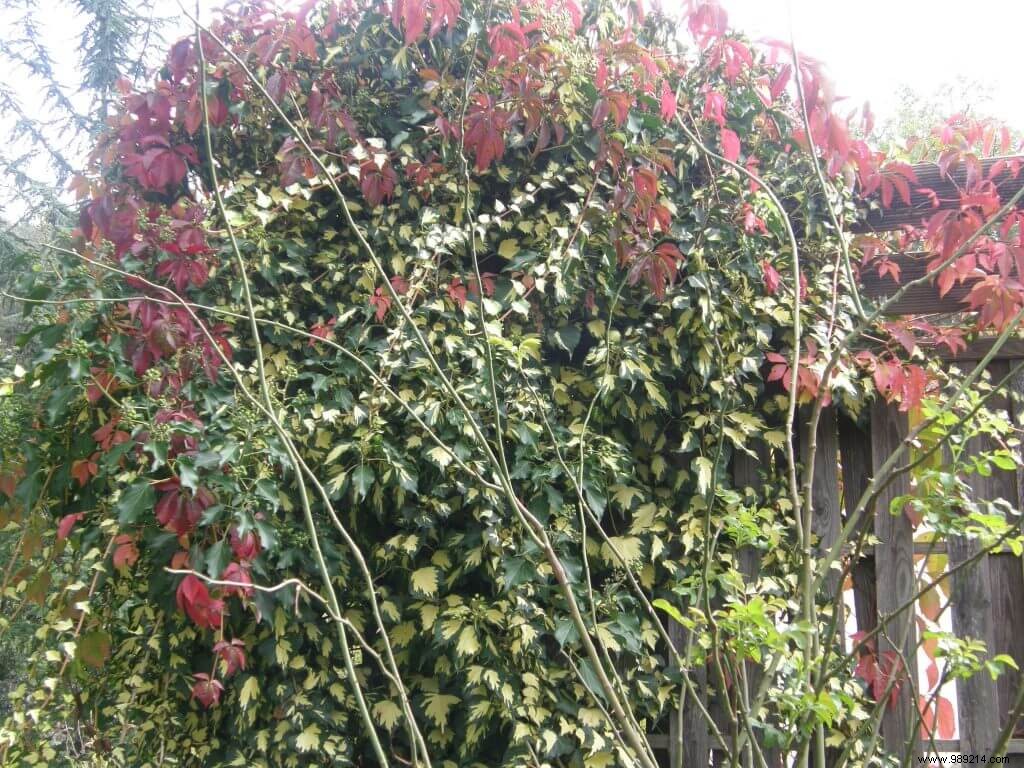It all depends on the type of soil and the region where you are. In general, ivy, Virginia creeper, honeysuckle, far from being original, are safe bets. If the height of the fence allows it, you can plant a wisteria, a bignone or a Banks rose. Be careful, these plants are very vigorous. Smaller but with effect, summer or winter jasmines are easy to grow if you take care of the cold, some varieties are sensitive to frost. Small-flowered clematis will also give you great satisfaction.

All of these plants can mix on the fence. On the other hand, the plantation is to be looked after. Here is a little trick to make your fence do its job of separation. If the plants are planted as supplied, upright on their stake, only the height of the fence will be covered by new growth. To avoid having holes at the base of this plant "wall", remove the stakes. Run the plant stems horizontally from the bottom of the fence. The new shoots will garnish it over a large area.
Then, as with every planting of shrubs, the planting must be cared for. Plan a hole much larger than the root ball. Bury the plant just enough, that is to say that the root ball is covered with a few cm of soil once the hole has been filled. Fertilization (compost, organic fertilizer) is done on the surface, after filling the hole. Follow with a generous watering.
It will surely be necessary to tie the branches and stems of the plant to the support while waiting for the new shoots to cling on their own. The ties are to be monitored all year round so that they do not strangle the stems.